There’s an amazing talk by Brian Eno online (the latest John Peel Lecture should you want to listen to it), which explores the value of creativity and the importance of culture.
Eno argues that art is culture, and culture is what connects people from all over the world as it’s a “set of collective rituals”. So music or dance or film or art (or sport) is important because they are mediums that we can all make and share a connection through. It’s an inspiring piece and got me thinking.
I believe every commercial creative (which is what I think of myself as), is a frustrated artist of some shape or form. For whatever reason we haven’t quite worked out our own brief so find it easier to spend our time responding to a client’s brief.
Certainly in my career, I’ve tried to encourage clients to create campaigns that stand a chance of passing into popular culture because then our collective – client and agency – work has some value; our efforts become more than just a day’s worth of newsprint. The output will connect people (to the organisation that’s paid for it), deliver a rational message (the brand’s key message), but also emotionally move people (so they are more likely to remember it and want to share it). That’s an awful lot to try and achieve in a PR campaign or tactic and it’s definitely not easy.
I’m lucky to have worked with some great clients who were ambitious enough to want to add some value to the world beyond a marketing campaign and, subsequently, let us creatively loose on their brands.
Cat Jordan at Heathrow Airport is probably the person who springs to mind as the one who backed some of our best work. The airport had – and still has – a great brand idea, Making Every Journey Better, which in four words gave its staff (and agencies) a clear direction, but also reminded passengers (and Government) that the airport is not the complete operation and, with 98% capacity, etc, is always work in progress.
Cat’s challenge to us was either to create something that showed how Heathrow was Making Every Journey Better or do something that Made Every Journey Better. And of course it had to be interesting enough for journalists to write about as it was a pure PR job (before the days of in-te-gra-tion).
With my mind set on creating culture, not surprisingly I came up with the idea of ‘Heathrow: The Book’ first. The idea was a writer-in-residence programme where a celebrated author was effectively handed the keys of the airport and asked to write about what they experienced. In 2009, A Week At The Airport: A Heathrow Diary by the philosopher Alain de Botton (whose work and way of thinking I became a bit obsessed by), was published and sold in all good bookshops (including rival airport’s). Despite creative control resting solely with Alain – who was gracious enough to thank his patrons (including me) in the foreword – the book ended up being a pretty good ad for Heathrow as it took a romantic view of describing life at one of the world’s busiest airports including how its staff were striving to Make Every Journey Better. Surprisingly perhaps, the book became a best-seller (peaking at number 7 in the Amazon charts) and inspired the subsequent BBC Airport Live TV series on Heathrow. It’s a great example of an idea that passed into popular culture and we published an ad for the agency off the back of it to that effect (see below – pretty crude now I’ve seen it again!). I’ll cover ‘Heathrow: The Book’ as an ‘Anatomy of an Idea’ sometime as the inception and execution of the idea will make a good post.
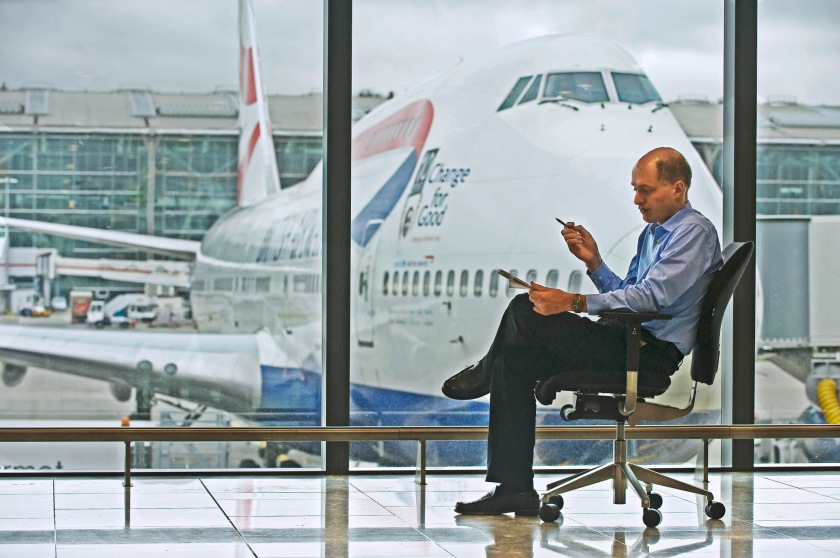
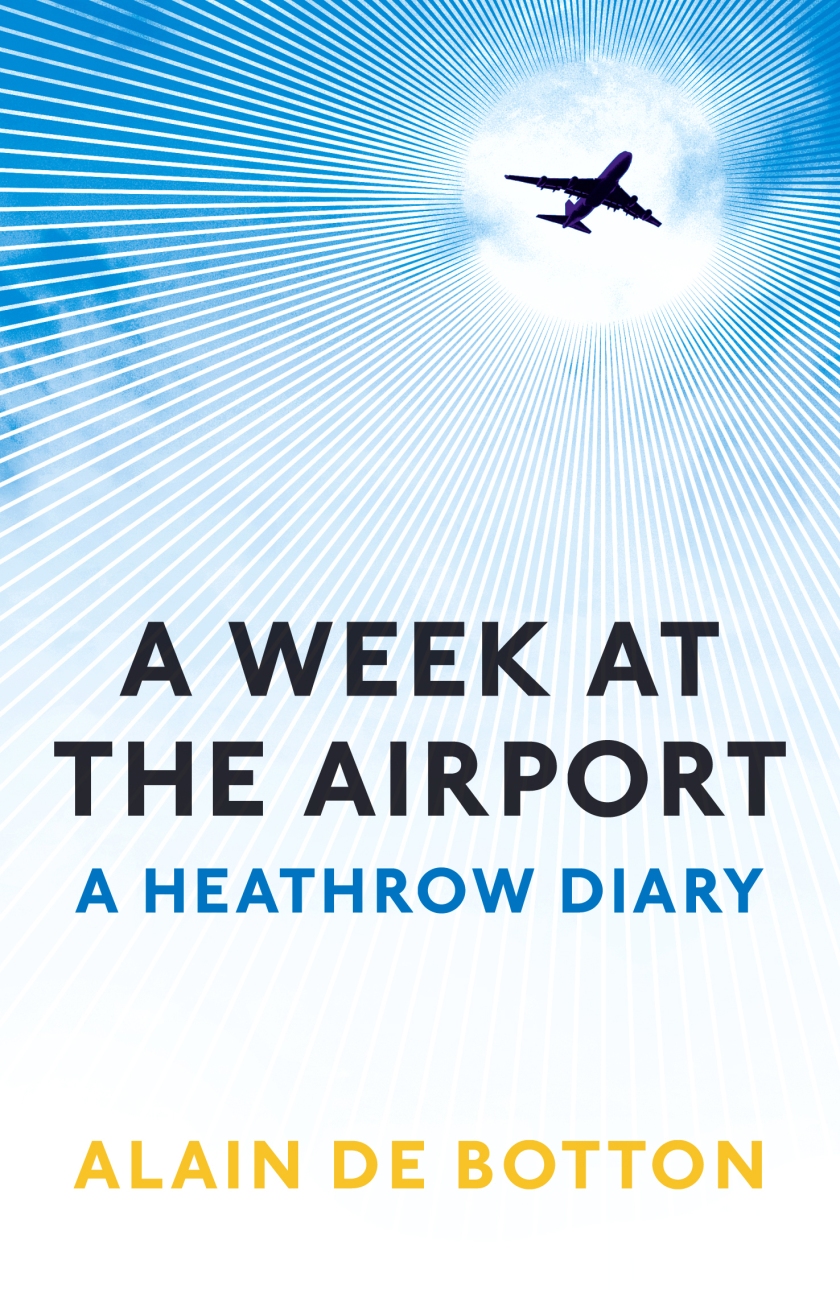
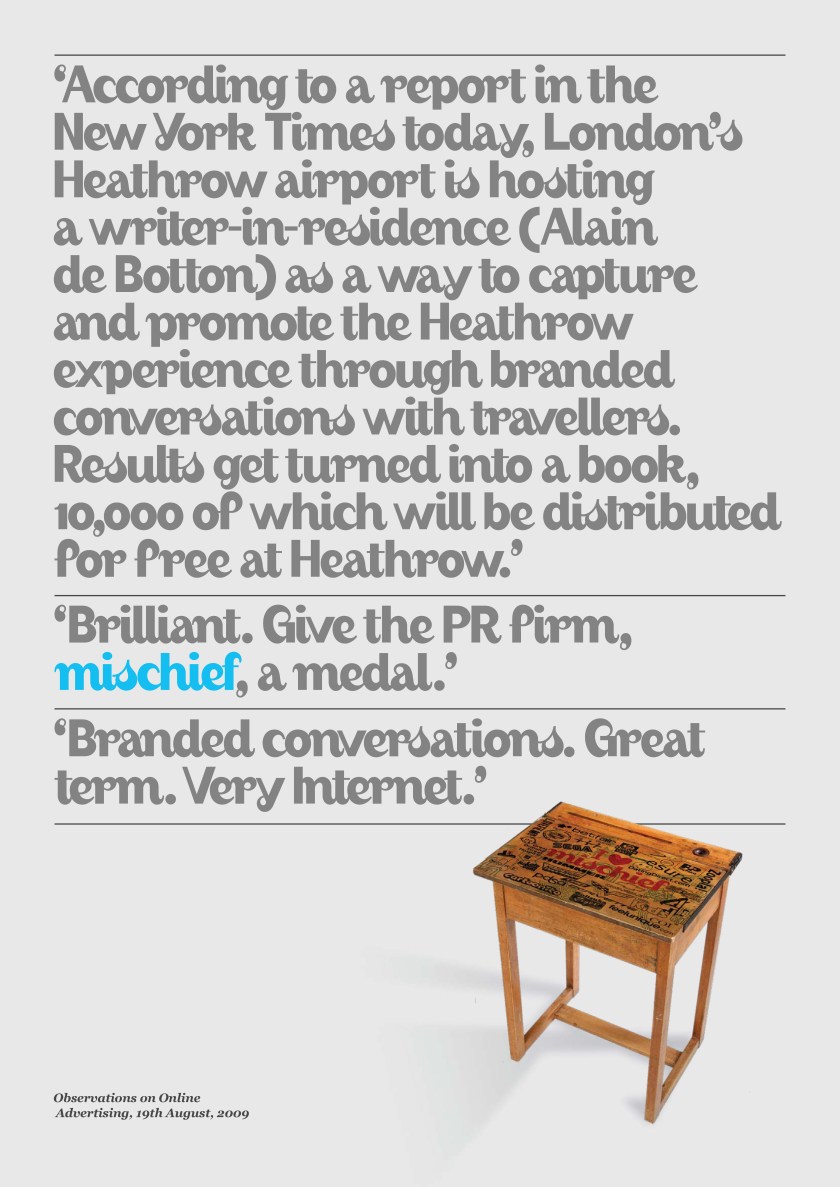
The following year we commissioned Tony Parsons as the writer-in-residence, which led to Departures: Seven Stories from Heathrow, but at the same time we were trying hard to push through an art idea I’d had. I thought it could help Heathrow be the best memory of a passenger’s trip rather than the place they wanted to get through as quickly as possible.
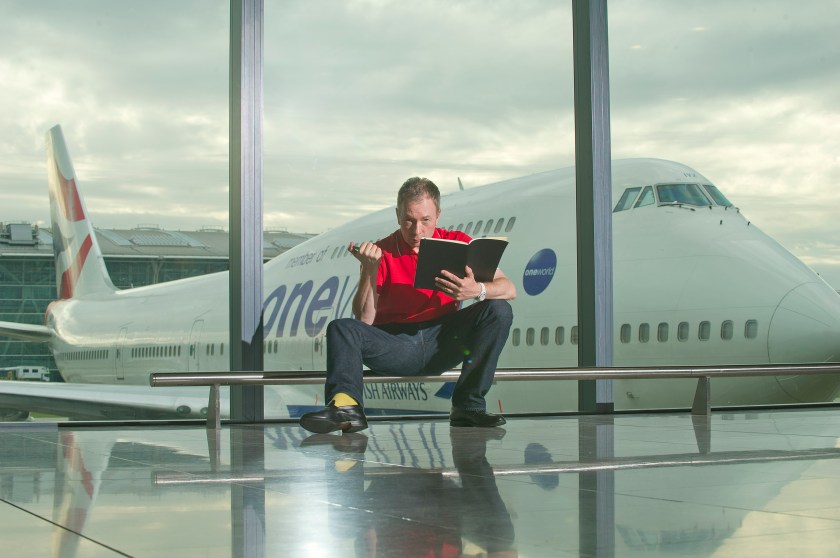
The idea was to employ a curator-in-residence who would introduce arriving and departing passengers to the best of British artists, but also emerging artists from around the world. Heathrow would literally connect its passengers to world culture, and their lives would be enriched because of it. There was only one curator I had in mind and that was Charles Saatchi (who I realise is a collector more than a curator, but I was desperate to meet the enfant terrible of firstly the advertising world, and now art).
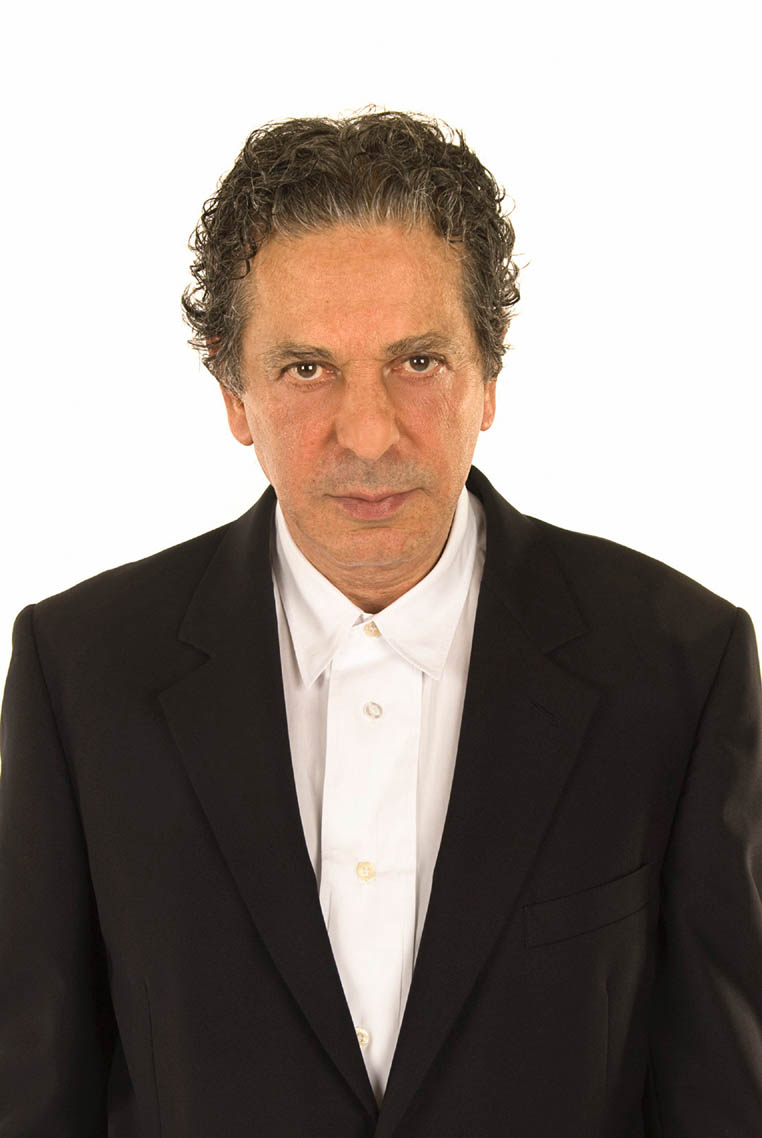
Cat and I had a few meetings with the charming Nigel Hurst from the Saatchi Gallery, but despite both sides being keen, it never quite happened. I think it was because it was too expensive (it was Saatchi!) and operationally difficult for Heathrow to execute (it was enough of a challenge to get the writers all-access, let alone installing weird and wonderful artworks).
Every subsequent plan I presented had that idea in front and centre, but Cat ended up going on maternity leave (and eventually moving to New York) and Heathrow’s appetite for ‘cultural’ work waned. We won a re-pitch on the account (the business had to go to tender every four years), but never really got anything through beyond stunts and shopping features so we lost interest a bit and the relationship fizzled out, which was a shame, but the way things go as a commercial creative, I suppose.
Enjoying your blog, Dan. We all know the frustration of how a big concept can be reduced to a slightly lame experiential backed up by consumer research. Possibly my career highlight as a commercial creative was The Smithsonian doing a write up on Christmas Tinner and describing it as ‘less a commercial product, more a piece of pop art’. Better than any coverage but not the sort of thing clients care two jots for. Mark P
LikeLike